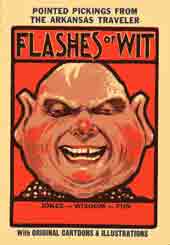 Am I the only one who hates The New Yorker caption contest?
Am I the only one who hates The New Yorker caption contest?
Every Tuesday, Wednesday, Thursday or Friday (with luck), the week’s issue of The New Yorker gets shoved into our mailbox. And when my kids come home, the first thing they’ll turn to when they see the mag is the back page.
There, for the uninitiated, is the Cartoon Caption Contest page. Which I loathe like little else.
I don’t know why it is. Maybe it’s the faux populism that the contest seems to exude. Here’s The New Yorker, letting all of its readers decide what the high-larious caption to the high-concept panel ought to be. It’s almost like being at the Algonquin Round Table — but more akin to yelling punchlines at George Kauffman from the next table.
In a more desperate way, the nightly TV newscast lets viewers send in pictures of cloud formations, and twitter/text their votes about whether taxes are bad or the home team is unbeatable. It’s the dialog that all established media now think will make them indispensable to people’s lives. The only problem is, most viewers can’t take a memorable picture, and most readers can’t write a caption.
Each week, a couple thousand captions are mailed in. Almost without fail, of the three finalists, one caption will be an execrable pun, one will be a play on words that takes three extra miles to get to its point (which wasn’t funny to start with), and one caption has close to the right tone — dry, multiple-layered, au courant but not cliché, and somewhat Gotham-y. By Gotham-y, I mean that it has to do with a stiff upper lip in the face of decay or danger or failure, or a smart-alecky retort that tries to wrangle the absurd to a mundane level. Anything that might refer to a shopping mall, fast food, an open space, a highway without gridlock, or Bass Pro Shops is never going to make it to the winner’s circle.
I’ve read that each of the cartoons used for the contest had already been submitted to the magazine by the cartoonist with a real caption. A caption they actually worked on and shaped with the writer’s innate skill of timing and economy. I’d really would like to know what that caption was. Whatever entries from readers are published might be close, or might be completely off-target, but I’ll never know exactly what the original caption was, and that makes me feel like I missed something. Maybe that makes me a snob, as if reading the magazine didn’t already accomplish that.
But as a professional writer and humorist, I’ve had too many instances of people in person and in print who work really really hard to prove that they are just as funny as me, even though I’ve never challenged them about it. Do people feel the need to show engineers that they know about torque and materials stress? Show dentists that they know how to administer Novocain?
It’s the whole “I crack everyone up at the board meetings — do you think I should try out as a stand-up comedian?” syndrome. If you have to ASK whether you should be a stand-up comedian, then you are sane, and ergo don’t have what it takes to be one. It’s the same with being a cartoonist. Someone is trying to make a living at it, while others are turning it into a parlor game. I feel bad for both sides.
Mostly, I fell bad reading those awful, awful puns.



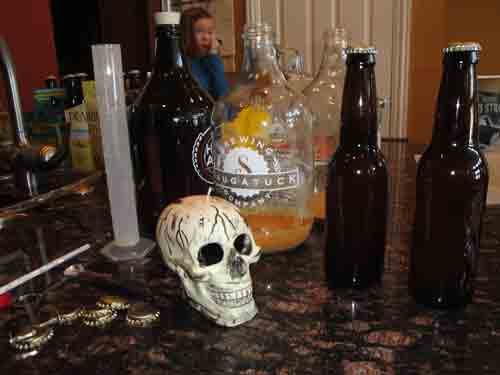
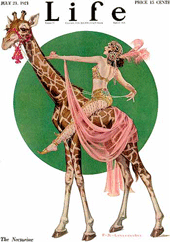 Well, I was going to write a post about how summer was over and it was back to the old grindstone in the City on the Make. Full of little tidbits about what the family had done during the hot months, designed to bring smiles to those who know me well and envious grimaces to my enemies, since as they say, “Living well is the best revenge.”
Well, I was going to write a post about how summer was over and it was back to the old grindstone in the City on the Make. Full of little tidbits about what the family had done during the hot months, designed to bring smiles to those who know me well and envious grimaces to my enemies, since as they say, “Living well is the best revenge.” From what I gather on some of the political websites, there’s been some kind of tectonic shift in American politics, now that some “Tea Party” candidates have ousted Republican favorites in some Senate and House Primaries. Katie, bar the door, and all that….
From what I gather on some of the political websites, there’s been some kind of tectonic shift in American politics, now that some “Tea Party” candidates have ousted Republican favorites in some Senate and House Primaries. Katie, bar the door, and all that….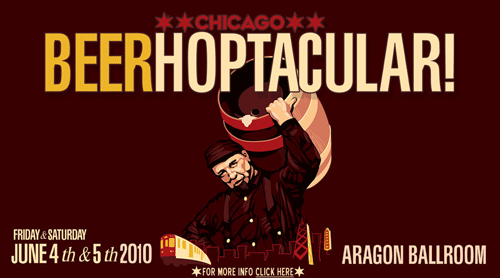
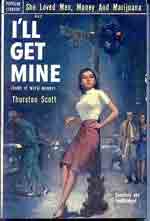 This is hardly earth-shattering news, and not very timely besides, but last week Parade Magazine published its annual celebration of pecuniary envy,
This is hardly earth-shattering news, and not very timely besides, but last week Parade Magazine published its annual celebration of pecuniary envy,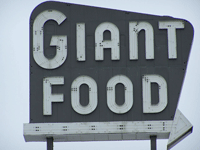 I’ve been trying to convince the drama teacher at my daughter’s school of this irrefutable equation for two years now, with no success. One need only point to Woody Allen’s “Sleeper” for evidence of its veracity, with the giant banana peel and the aggressive instant pudding. Maybe she’s been swayed by the wave of recent articles about American obesity, and pictures of
I’ve been trying to convince the drama teacher at my daughter’s school of this irrefutable equation for two years now, with no success. One need only point to Woody Allen’s “Sleeper” for evidence of its veracity, with the giant banana peel and the aggressive instant pudding. Maybe she’s been swayed by the wave of recent articles about American obesity, and pictures of 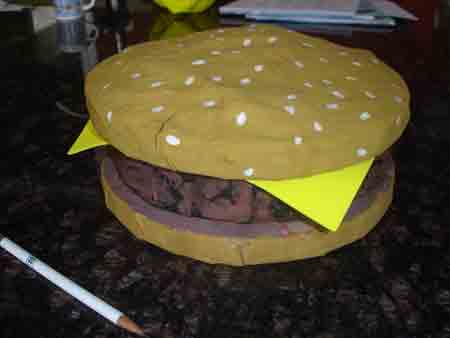
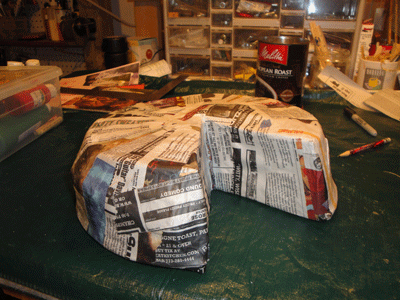
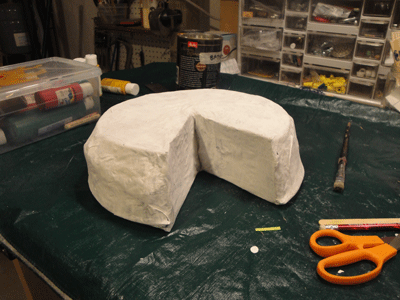
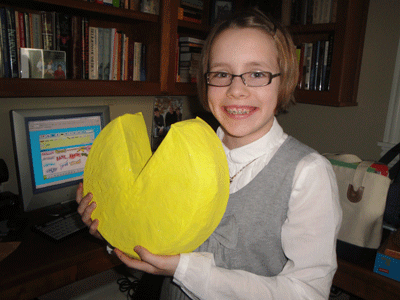



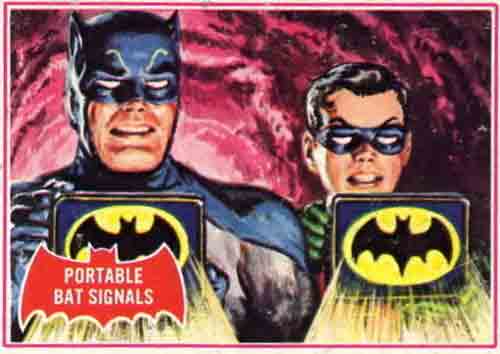
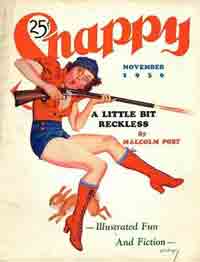 Came across a nice article today at
Came across a nice article today at 
